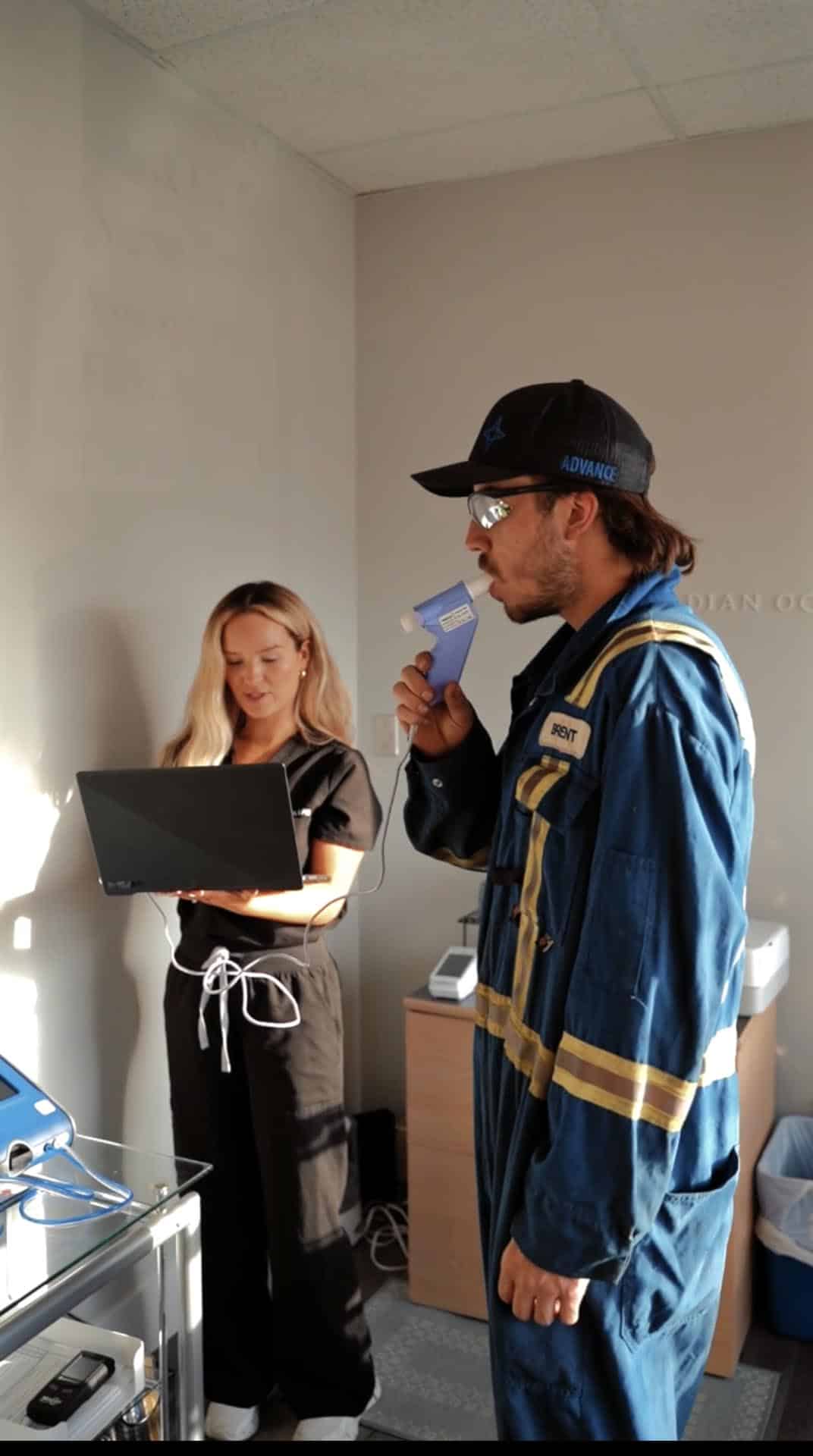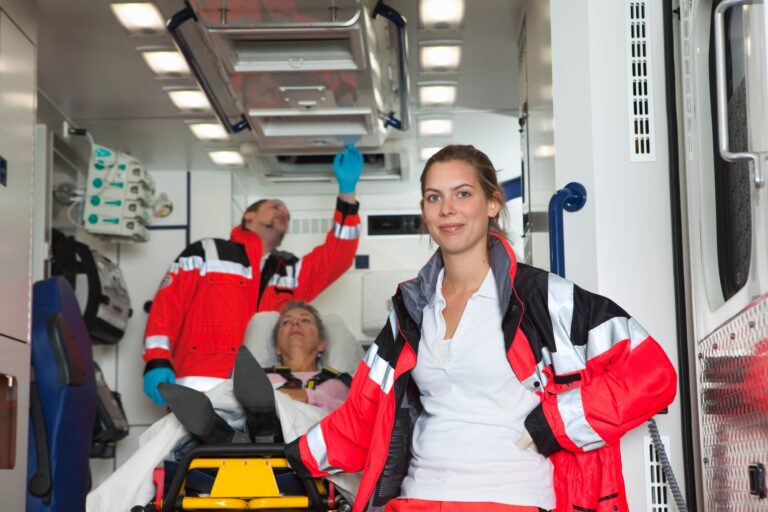We often take our lungs for granted. We breathe in and out without thinking twice—but the air we breathe, especially at work, can have long-term impacts on our health. In many industries, workers are exposed to dust, chemicals, fumes, or other airborne hazards that can slowly, silently harm the lungs over time. That’s why prioritizing lung health in the workplace is not just important—it’s essential.
The Silent Risk
Unlike slips, trips, or loud machinery, lung damage doesn’t usually make a dramatic entrance. It creeps in quietly. Prolonged exposure to airborne contaminants can lead to chronic conditions like occupational asthma, chronic obstructive pulmonary disease (COPD), silicosis, or even lung cancer. These diseases often develop slowly, with symptoms that can be easy to dismiss—shortness of breath, coughing, fatigue—until they become life-altering.
And it’s not just workers in heavy industry who are at risk. Construction crews, welders, agricultural workers, cleaners, painters, and even some healthcare professionals can be regularly exposed to respiratory hazards. Whether it’s sawdust, chemical fumes, welding smoke, or even biological agents like mold or viruses, the risk is real.
The Long-Term Costs
Lung conditions can have a massive impact on quality of life. They may limit a person’s ability to work, exercise, or even perform simple daily activities. Treatment is often lifelong, and some damage may be irreversible. For employers, this translates to increased sick days, reduced productivity, and higher insurance and compensation costs. But for workers, it means a daily struggle just to breathe.
The good news? Most occupational lung diseases are preventable.
Prevention Starts with Awareness
Protecting your lungs at work starts by knowing the risks. Employers must assess the work environment to identify potential respiratory hazards and take steps to eliminate or reduce exposure.
This can include:
- Engineering controls, like improving ventilation systems or using extraction systems to remove harmful dust or fumes at the source.
- Administrative controls, such as rotating tasks so workers are not exposed to harmful substances for long periods.
- Personal protective equipment (PPE), including properly fitted respirators and masks.
Workers should be educated on how to recognize hazards and the proper way to use protective equipment. PPE only works if it’s worn consistently and correctly—and that means fit testing, regular maintenance, and training are critical.
Regular Testing and Monitoring
One of the most powerful tools in occupational lung health is spirometry testing. This simple, non-invasive test measures how well a person can breathe in and out. It can detect early changes in lung function—even before symptoms appear.
By offering regular lung function tests, employers can:
- Monitor the effectiveness of control measures
- Catch issues early, before they become serious
- Fulfill occupational health and safety obligations
- Show employees they care about long-term health
In some workplaces, lung function testing may be required under provincial or federal occupational health and safety regulations—especially where workers are exposed to known respiratory hazards like silica or asbestos.
Clean Air is a Right, Not a Perk
Creating a safe work environment where lungs are protected shouldn’t be seen as going “above and beyond”—it’s the baseline of responsible business. Workers have the right to clean air, and employers have the responsibility to provide it.
Even short-term exposure to certain substances can cause acute symptoms—headaches, nausea, dizziness—while long-term exposure can lead to debilitating illness. No one should have to choose between earning a living and protecting their health.
Small Steps, Big Impact
Protecting lung health at work doesn’t have to be complicated or expensive. Here are some practical steps that make a big difference:
- Invest in ventilation systems to improve air flow and reduce the buildup of airborne hazards.
- Schedule regular air quality assessments, especially in enclosed workspaces.
- Offer annual spirometry testing for employees in at-risk roles.
- Train staff on recognizing early signs of respiratory issues and reporting unsafe conditions.
- Ensure proper PPE use, including fit testing and regular replacement of disposable masks or respirator filters.
- Encourage open dialogue between staff and management about health and safety concerns.
A Culture of Care
When companies take steps to protect lung health, it sends a clear message: We care about you. That kind of culture boosts morale, builds trust, and encourages workers to speak up when something isn’t right. And that can help prevent not only lung damage, but accidents, injuries, and other occupational illnesses.
At Canadian Occupational Wellness, we’re passionate about making workplaces healthier—starting with something as fundamental as breathing. We provide mobile spirometry testing across Alberta, helping employers monitor the lung health of their teams right at the job site. Our tests are fast, non-invasive, and interpreted by healthcare professionals. And if any abnormalities are detected, we provide guidance and referrals for follow-up care.
Because catching a problem early could mean years—or decades—of healthier breathing.
Final Thoughts
Your lungs are with you for life. Whether you’re an employer, a safety officer, or a worker on the ground, keeping them safe is everyone’s responsibility. Lung health may not always be top of mind, but it should be—because once damage is done, it’s hard to undo.
Let’s work together to build environments where clean air is the norm, not the exception. Because every breath matters.




